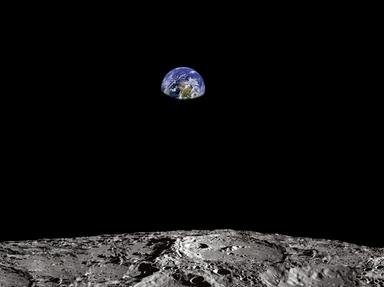Quiz Answer Key and Fun Facts
1. What does 'Lunokhod' literally mean?
2. How many wheels did the Lunokhod use to travel across the lunar surface?
3. How many Lunokhods successfully landed on the moon?
4. The Lunokhods were launched as part of the automatic exploration 'Luna' series. Which 'Luna' mission deployed the original Lunokhod?
5. Lunokhod was successfully deployed where on November 17 1970?
6. How many operators were required to drive Lunokhod during its explorations of the lunar surface?
7. How long did the first Lunokhod operate?
8. On 16 January __________ Lunokhod 2 was successfully delivered to the moon by Luna 21.
9. How many kilometres did Lunokhod 2 travel during its mission?
10. Lunokhod was sold off at an auction in 1993.
Source: Author
mstanaway
This quiz was reviewed by FunTrivia editor
bloomsby before going online.
Any errors found in FunTrivia content are routinely corrected through our feedback system.
